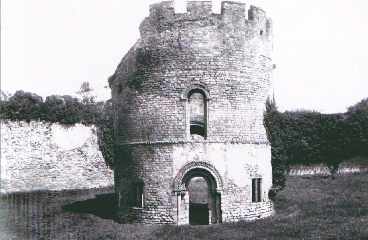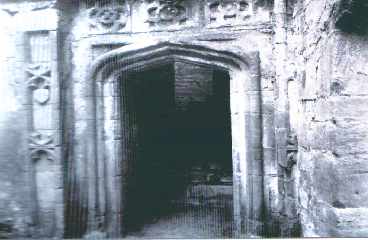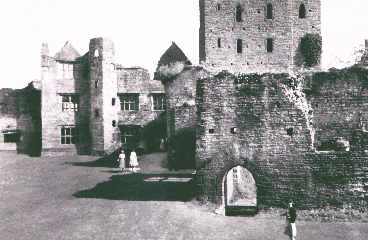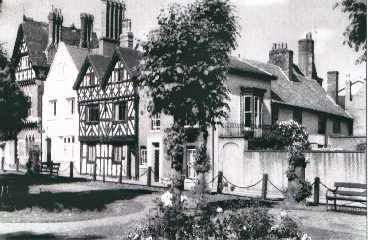Page 3.
Administrative Center
When Edward IV, son of the Duke of York, became king in 1461,
Ludlow Castle became Crown property. It remained a royal castle for the next
350 years except during the Civil War and Commonwealth.
In 1473 the
King sent his son Edward to be brought up in Ludlow, away from the plagues and
intrigues of London.
The nobles and gentlemen who accompanied him
formed a Prince's Council, under the presidency of Bishop Alcock, the Prince's
tutor. This Council gradually assumed responsibility for the government of
Wales and the border counties. Until the 1530s, however, its control was
limited.
The authority of this Council of the Marches increased after
1534, when Bishop Rowland Lee was appointed Lord President. He enforced the law
so vigorously that'all the thieves in Wales quacked for fears'. The
reorganisation of Wales into shires in 1536 was part of this
process.
For more than a century Ludlow was virtually the capital of
Wales and its courts were busy with criminal, ecclesiastical and civil cases.
This resulted in many new buildings at the castle, especially in the 1550s and
in 1581. The castle was now primarily a centre for administration, though it
also had many of the features of an Elizabethan stately home. The Council was
dissolved in 1641 but was revived with limited power from 1660 until its
abolition in 1689.
During the Civil War of 1642 - 46, Ludlow castle was
a Royalist stronghold. In 1646 the town and castle were besieged by a strong
parliamentary force, under Colonel John Birch. Though there was fighting on the
outskirts of the town and part of the suburbs were burnt, the castle itself was
surrendered after negotiation. The kind of demolition carried out elsewhere was
therefore avoided. |





